Fly fishing is an art, with each element from rod to reel to fly playing a pivotal role in the angler’s success. However, the fly line is often the unsung hero, acting as the crucial connection between the angler and the fish. Understanding the different types of fly lines and their specific applications can significantly enhance your fishing experience, allowing you to tailor your approach to various fishing environments and species. Let’s dive into the world of fly lines, exploring their types and when to use them.
Weight Forward Floating (WF)
Description: The Weight Forward Floating line is the Swiss Army knife of fly lines, characterized by its heavier, thicker front end, which tapers into a thinner line towards the back. This design facilitates long casts, making it easier for beginners to master and versatile for various fishing situations. This fly line is your main fly line, and will be on your reel 80-90% of the time.
Applications: Ideal for fishing dry flies, nymphs, and streamers in a range of conditions. Its ability to float makes it perfect for topwater action, offering excellent line management and control for precise fly presentations.
Sinking Fly Line
Description: As the name suggests, a sinking fly line is designed to sink into the water, with rates varying from slow to fast sinking. Unlike floating lines, the entire length of a sinking line is engineered to descend beneath the surface at a consistent rate.
Applications: Sinking lines are used when fish are feeding below the surface, in deep water, or during windy conditions where getting your fly down quickly is crucial. They’re perfect for deep lakes, reservoirs, and deep, fast-moving rivers.
Sink Tip Fly Line
Description: A hybrid between floating and sinking lines, the sink tip line features a floating main line with a section at the tip that sinks. The length and weight of the sinking tip can vary, allowing for customization based on fishing needs.
Applications: Sink tip lines are versatile, used to target fish in various water columns without changing the entire line. They’re ideal for streamer fishing in rivers where you need your fly to get down but also require the line to float for easy line management and casting. I'm a huge fan of sink tip fly lines, and feel they help get my streamers down just enough in most river systems.
Understanding Specialty Lines
Beyond these primary categories, there are specialty lines designed for specific environments and techniques:
• Shooting Head Lines: Designed for long-distance casting, these lines have a heavy, compact shooting head connected to a thin, slick running line. They excel in situations requiring long casts or when fishing in saltwater.
• Intermediate Lines: These lines sink very slowly and are used when fishing just below the surface, such as in shallow lakes or saltwater flats where a slow, controlled sink rate is needed to keep the fly in the feeding zone.
Choosing the Right Fly Line
Selecting the right fly line depends on several factors, including the type of water you’re fishing, the species you’re targeting, and the flies you’re using. Here are some guidelines to consider:
• Water Type and Depth: Use floating lines for shallow waters and topwater action. Opt for sinking or sink tip lines in deeper waters or when targeting bottom-feeding species.
• Fishing Technique: Weight forward lines are versatile for various techniques, while specialty lines like shooting heads are better for specific situations requiring distance or depth.
• Fly Type: Dry flies pair well with floating lines, while wet flies, nymphs, and streamers may require sinking or sink tip lines to reach the appropriate depth.
Conclusion
Understanding the nuances of different fly lines enhances your ability to adapt to various fishing scenarios, making your time on the water more productive and enjoyable. Whether you’re floating dry flies over serene streams or casting into the depths of a bustling lake, selecting the right fly line is key to mastering the art of fly fishing. At [Your Company], we’re dedicated to equipping you with the knowledge and gear to elevate your fishing adventures. Explore our selection, and find the perfect line for your next journey on the water.
Weight Forward Floating (WF)
Description: The Weight Forward Floating line is the Swiss Army knife of fly lines, characterized by its heavier, thicker front end, which tapers into a thinner line towards the back. This design facilitates long casts, making it easier for beginners to master and versatile for various fishing situations. This fly line is your main fly line, and will be on your reel 80-90% of the time.
Applications: Ideal for fishing dry flies, nymphs, and streamers in a range of conditions. Its ability to float makes it perfect for topwater action, offering excellent line management and control for precise fly presentations.
Sinking Fly Line
Description: As the name suggests, a sinking fly line is designed to sink into the water, with rates varying from slow to fast sinking. Unlike floating lines, the entire length of a sinking line is engineered to descend beneath the surface at a consistent rate.
Applications: Sinking lines are used when fish are feeding below the surface, in deep water, or during windy conditions where getting your fly down quickly is crucial. They’re perfect for deep lakes, reservoirs, and deep, fast-moving rivers.
Sink Tip Fly Line
Description: A hybrid between floating and sinking lines, the sink tip line features a floating main line with a section at the tip that sinks. The length and weight of the sinking tip can vary, allowing for customization based on fishing needs.
Applications: Sink tip lines are versatile, used to target fish in various water columns without changing the entire line. They’re ideal for streamer fishing in rivers where you need your fly to get down but also require the line to float for easy line management and casting. I'm a huge fan of sink tip fly lines, and feel they help get my streamers down just enough in most river systems.
Understanding Specialty Lines
Beyond these primary categories, there are specialty lines designed for specific environments and techniques:
• Shooting Head Lines: Designed for long-distance casting, these lines have a heavy, compact shooting head connected to a thin, slick running line. They excel in situations requiring long casts or when fishing in saltwater.
• Intermediate Lines: These lines sink very slowly and are used when fishing just below the surface, such as in shallow lakes or saltwater flats where a slow, controlled sink rate is needed to keep the fly in the feeding zone.
Choosing the Right Fly Line
Selecting the right fly line depends on several factors, including the type of water you’re fishing, the species you’re targeting, and the flies you’re using. Here are some guidelines to consider:
• Water Type and Depth: Use floating lines for shallow waters and topwater action. Opt for sinking or sink tip lines in deeper waters or when targeting bottom-feeding species.
• Fishing Technique: Weight forward lines are versatile for various techniques, while specialty lines like shooting heads are better for specific situations requiring distance or depth.
• Fly Type: Dry flies pair well with floating lines, while wet flies, nymphs, and streamers may require sinking or sink tip lines to reach the appropriate depth.
Conclusion
Understanding the nuances of different fly lines enhances your ability to adapt to various fishing scenarios, making your time on the water more productive and enjoyable. Whether you’re floating dry flies over serene streams or casting into the depths of a bustling lake, selecting the right fly line is key to mastering the art of fly fishing. At [Your Company], we’re dedicated to equipping you with the knowledge and gear to elevate your fishing adventures. Explore our selection, and find the perfect line for your next journey on the water.

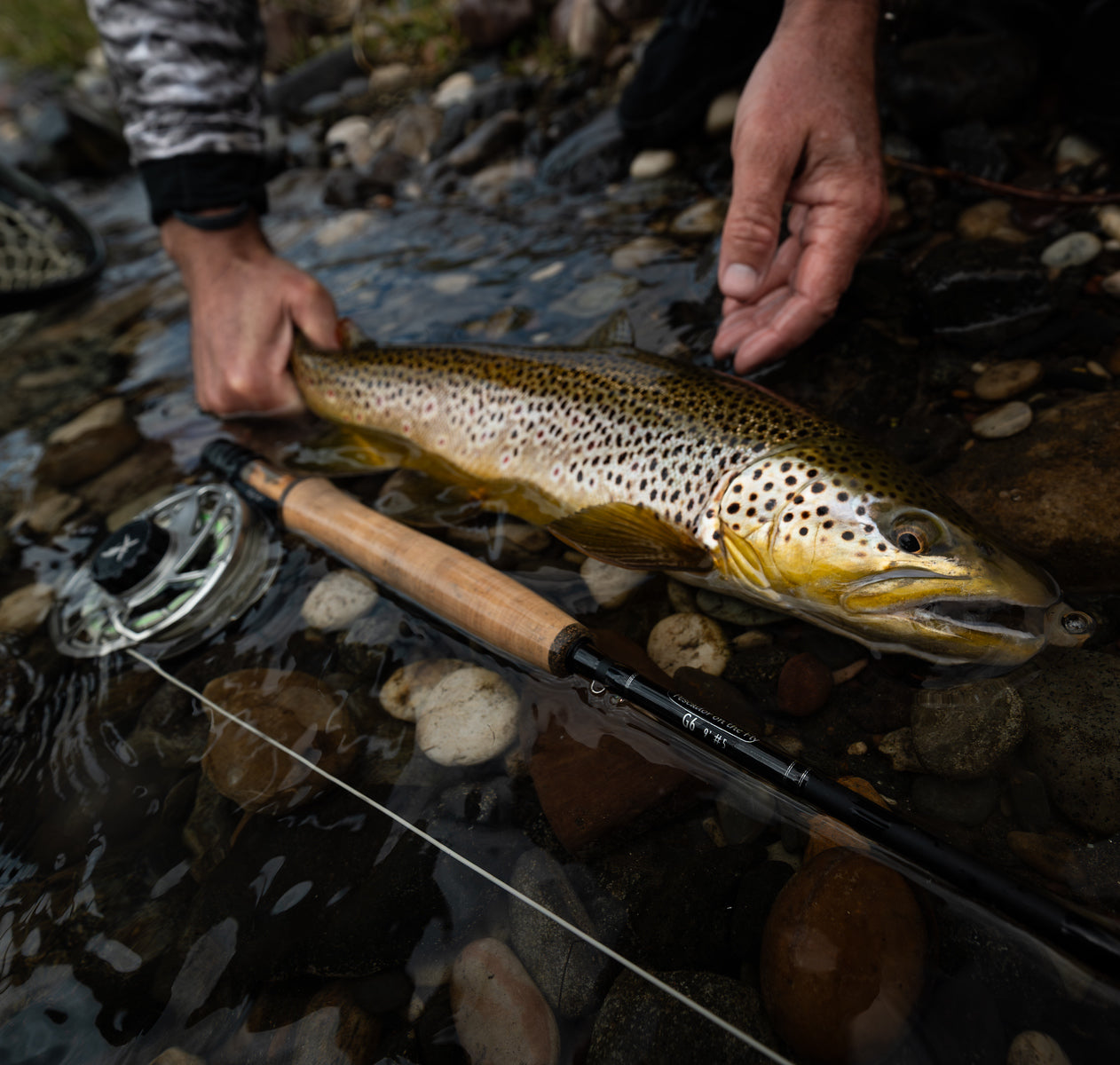
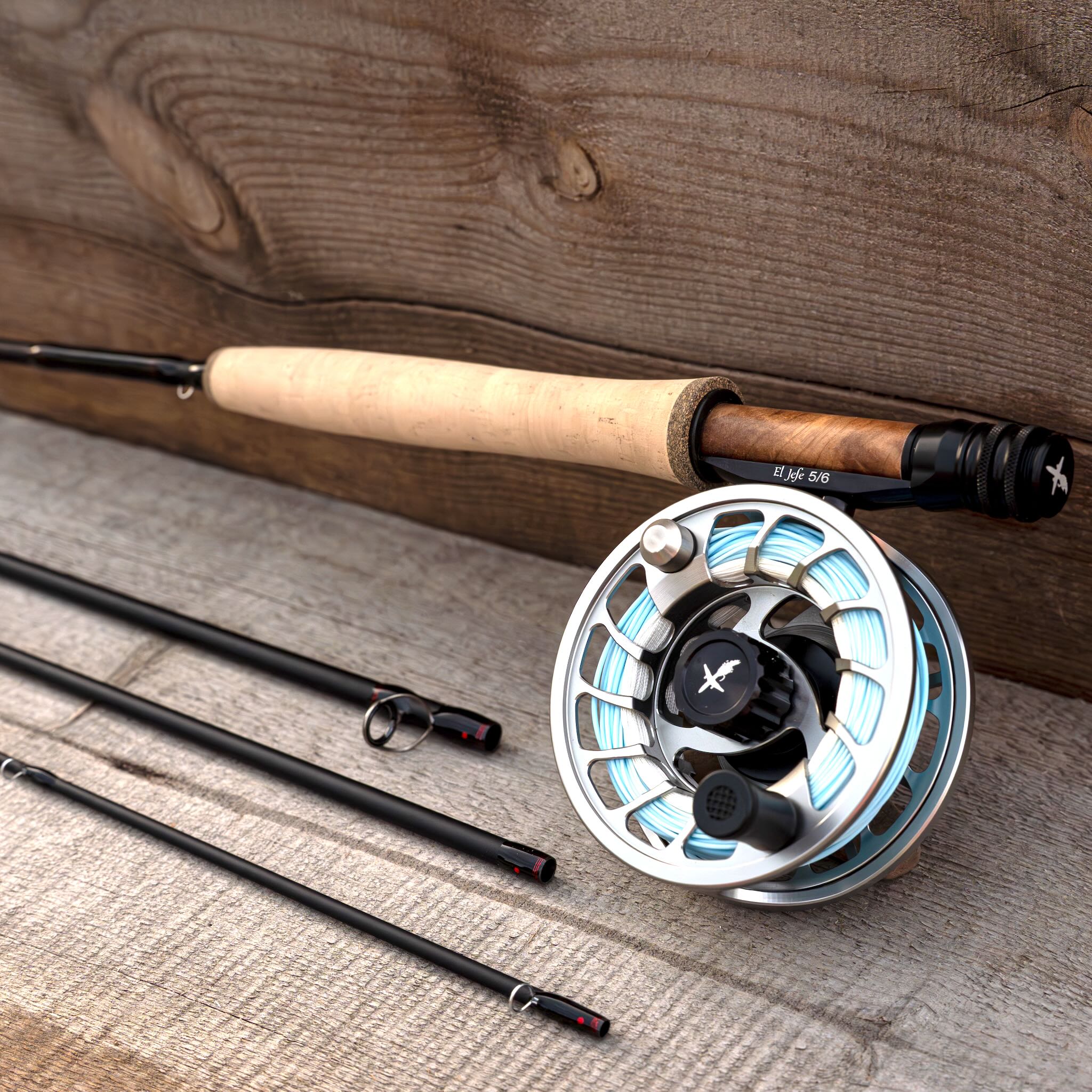
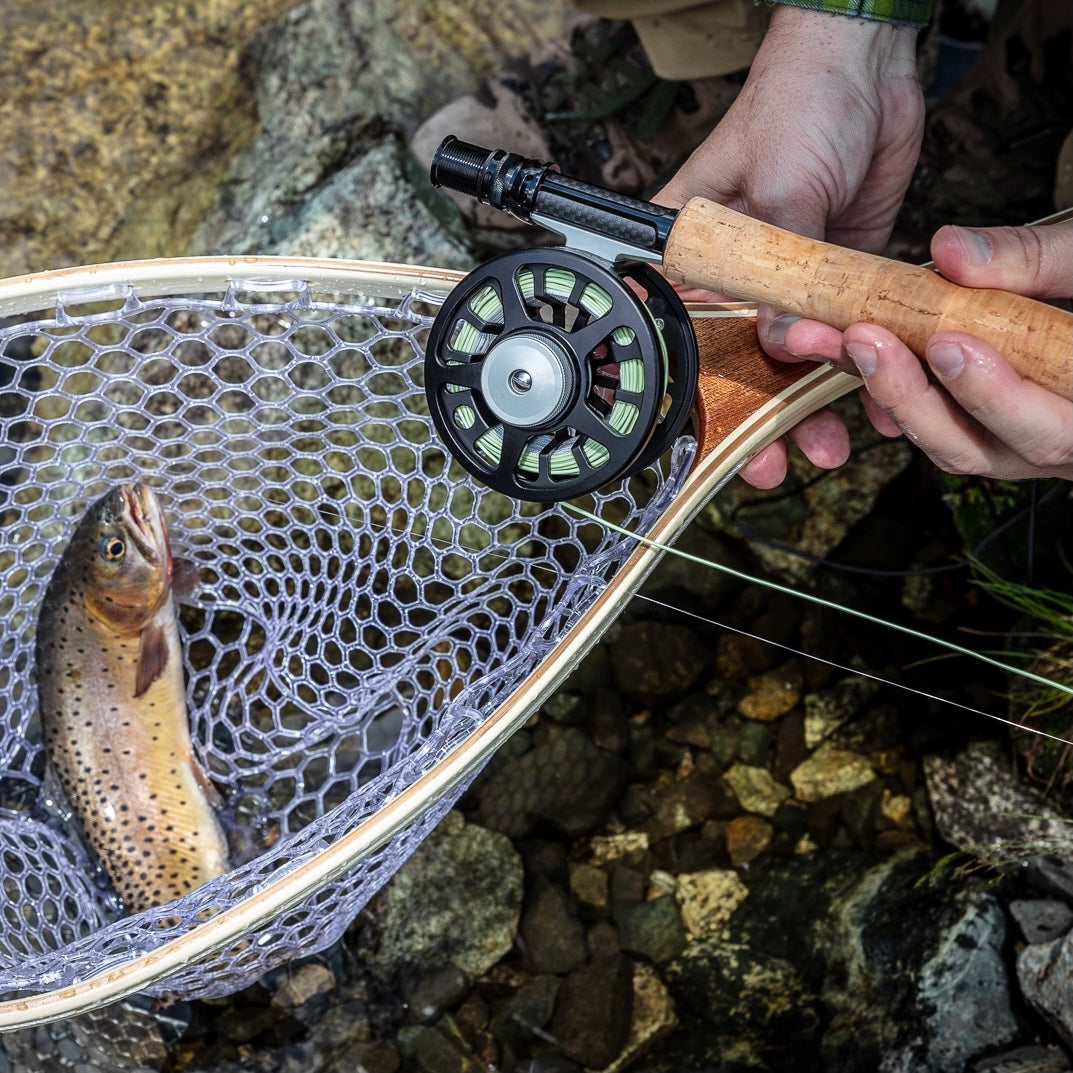
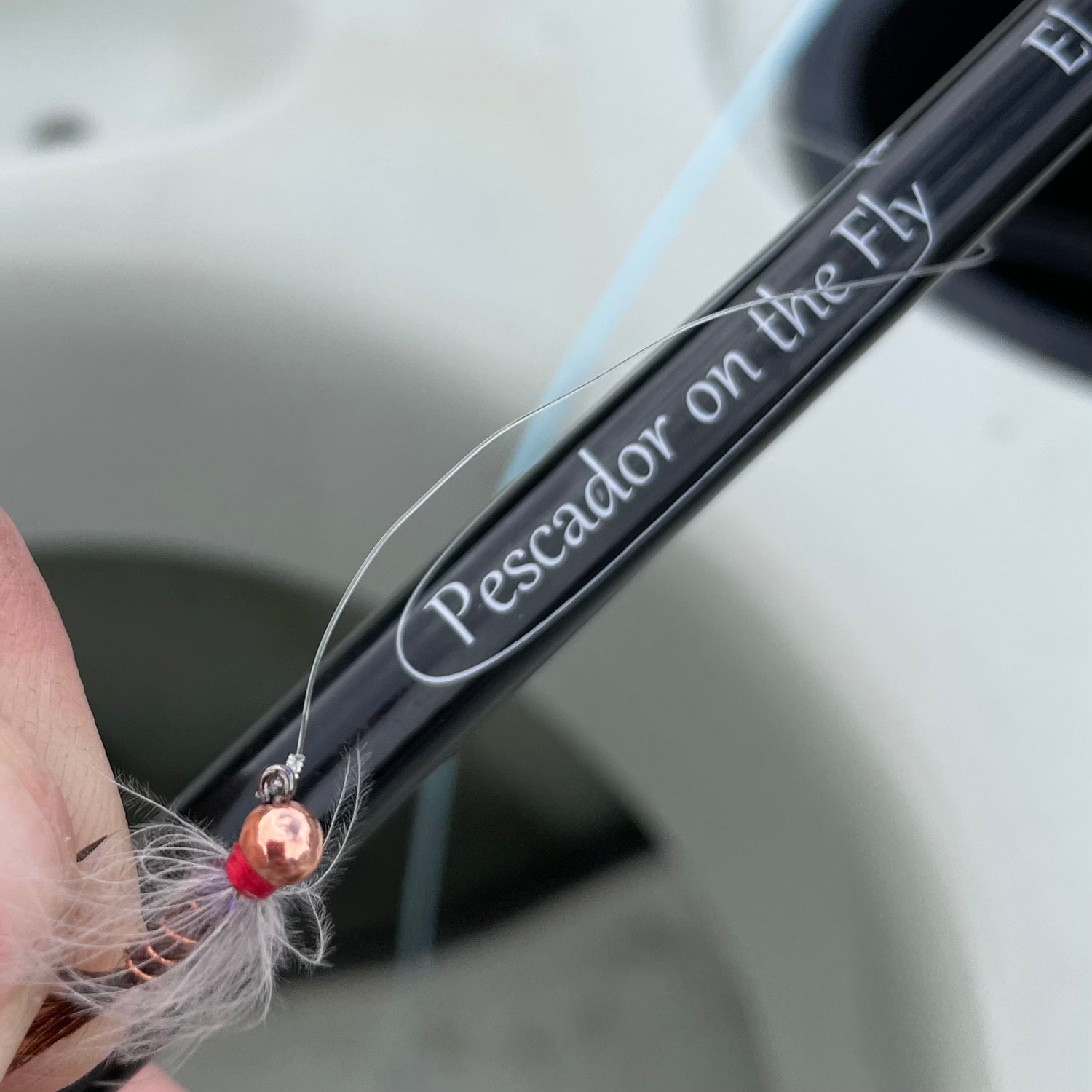
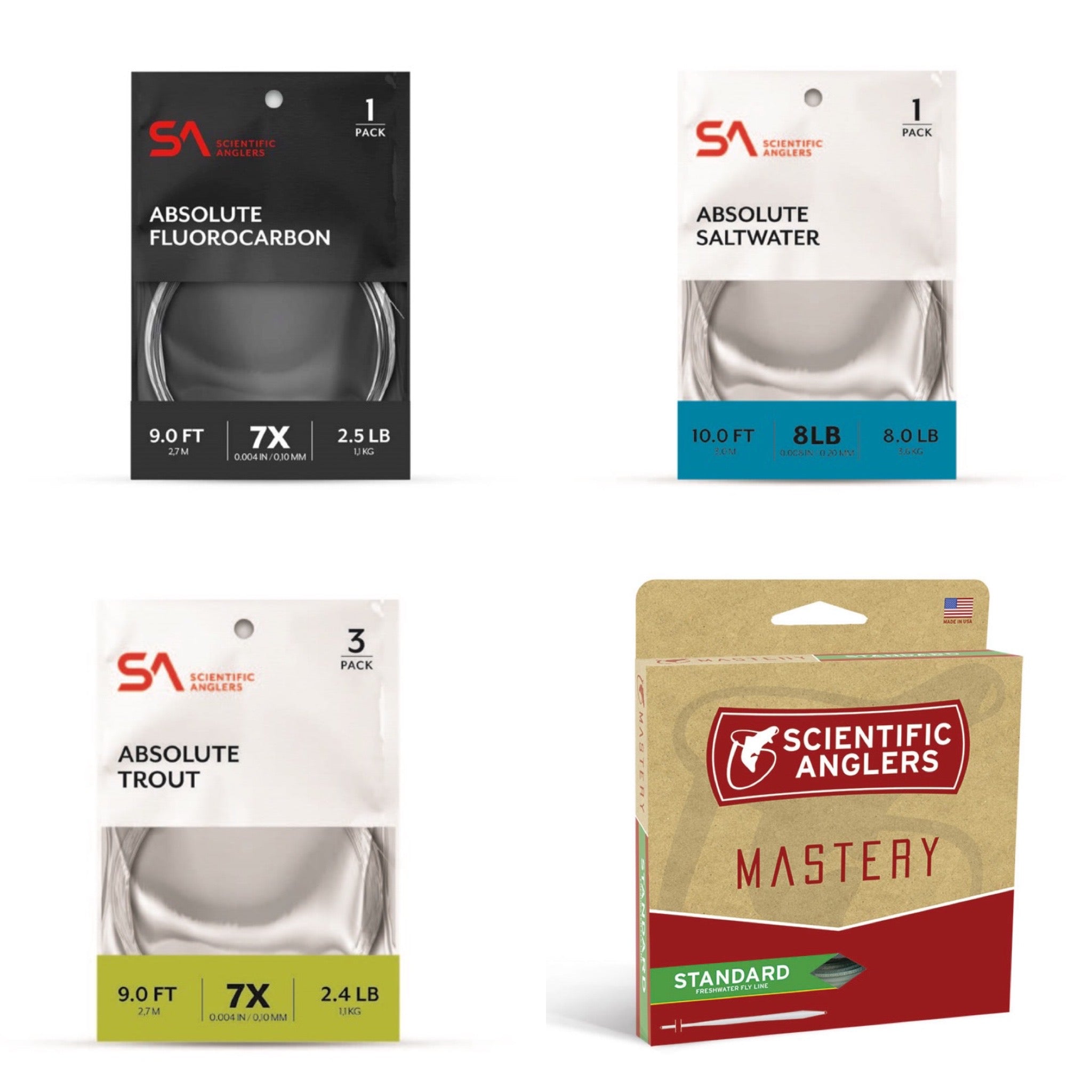
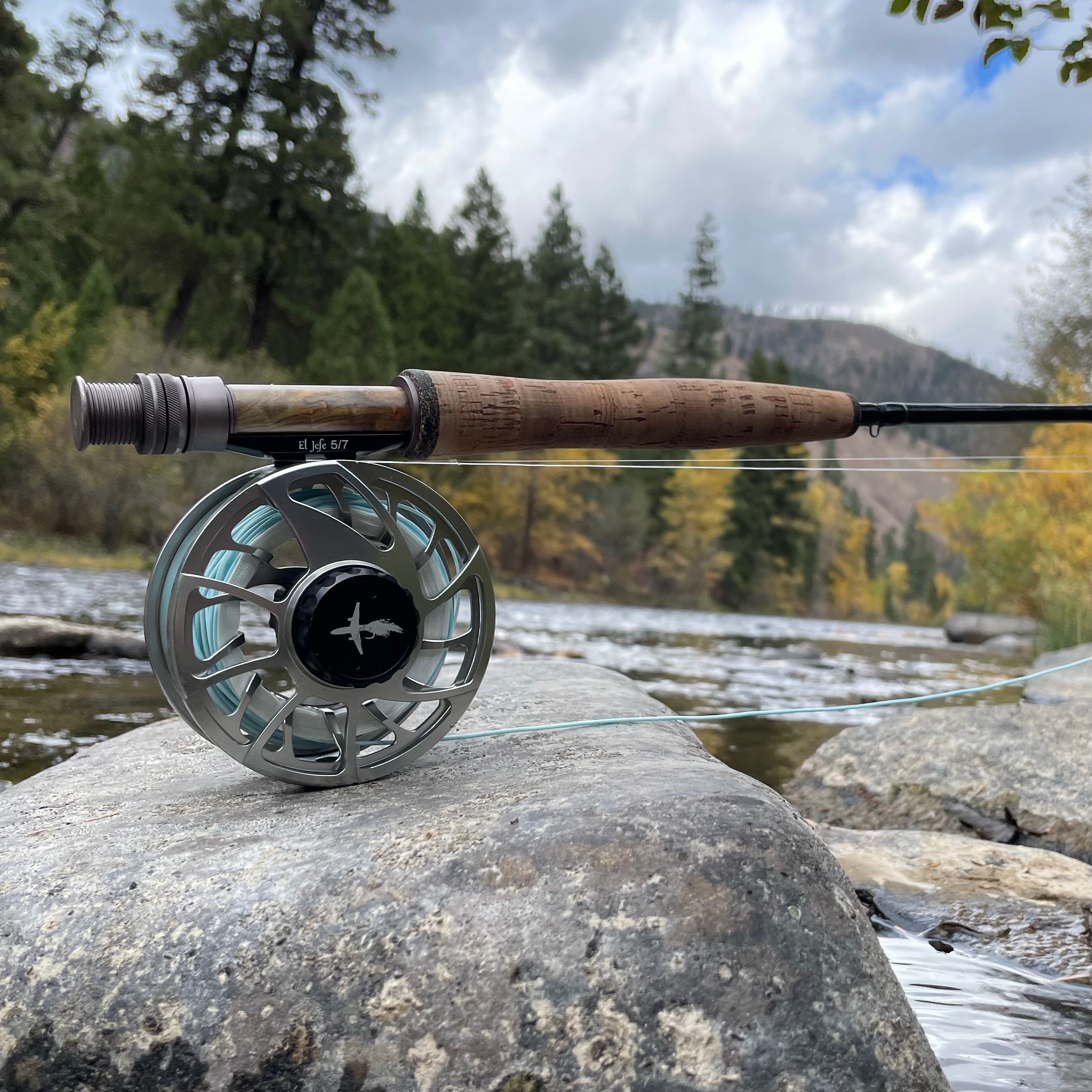
Leave a comment
All comments are moderated before being published.
This site is protected by hCaptcha and the hCaptcha Privacy Policy and Terms of Service apply.